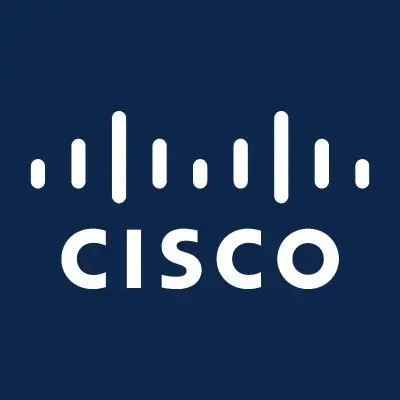
Cisco Systems has released five security advisories addressing a series of vulnerabilities that could have far-reaching consequences for businesses and organizations reliant on their network infrastructure. Among the weaknesses uncovered, two stand out as particularly critical and warrant immediate attention.

Denial-of-Service Threats (CVE-2024-20321, CVE-2024-20267)
Both vulnerabilities, rated as “High” severity, reside within Cisco’s NX-OS and could be leveraged to launch Denial-of-Service (DoS) attacks.
-
CVE-2024-20321 (CVSS 8.6): A flaw in the way Cisco devices process external Border Gateway Protocol (eBGP) traffic makes them susceptible to crashes or disruption. Imagine your core network connections sputtering or failing due to a targeted attack.
-
CVE-2024-20267 (CVSS 8.6): Attackers can exploit a bug in the handling of MPLS frames to freeze data traffic or even force entire Cisco devices to reload. The potential ripple effects could paralyze operations dependent on these devices.
Affected Devices
Cisco has identified a range of Nexus switches that could be affected by these vulnerabilities. If your organization uses any of the following models, and they utilize the features mentioned, treat this as a top priority:
- Nexus 3000, 5500, 5600, 6000, 7000, 9000 Series Switches
- Cisco Nexus 3600 Series Switches
- Cisco Nexus 9500 R-Series Line Cards
Consequences
A successful DoS attack has a domino effect. While disruption is the primary goal, the resulting chaos can leave other systems exposed and vulnerable to further infiltration. In the worst-case scenario, attackers could:
- Exfiltrate Sensitive Data: Confidential information might be stolen while your IT team scrambles to restore core network functions.
- Launch Ransomware Attacks: DoS can be a diversionary tactic while attackers lock up critical datastores and demand hefty payments for restoration.
- Disrupt Supply Chains or Operations: Picture factory lines grinding to a halt, orders unfulfilled, or essential services disrupted due to network connectivity problems.
Other security vulnerabilities
The remaining advisories cover “Medium” severity vulnerabilities in other Cisco products. While perhaps less critical at first glance, they could still be exploited as entry points for broader attacks in the wrong hands.
The Path to Protection
-
Patch Immediately: Cisco has released the necessary fixes. It’s paramount to obtain and apply the relevant updates for your systems as soon as possible.
-
Stay Informed: Subscribe to Cisco’s security advisories to be alerted to new threats. This empowers you to act proactively rather than reactively.
-
Defensive Depth: Patching is essential but insufficient on its own. Adopt a multifaceted approach to security with:
- Robust firewall configurations
- Intrusion detection systems
- Employee training to identify phishing attempts